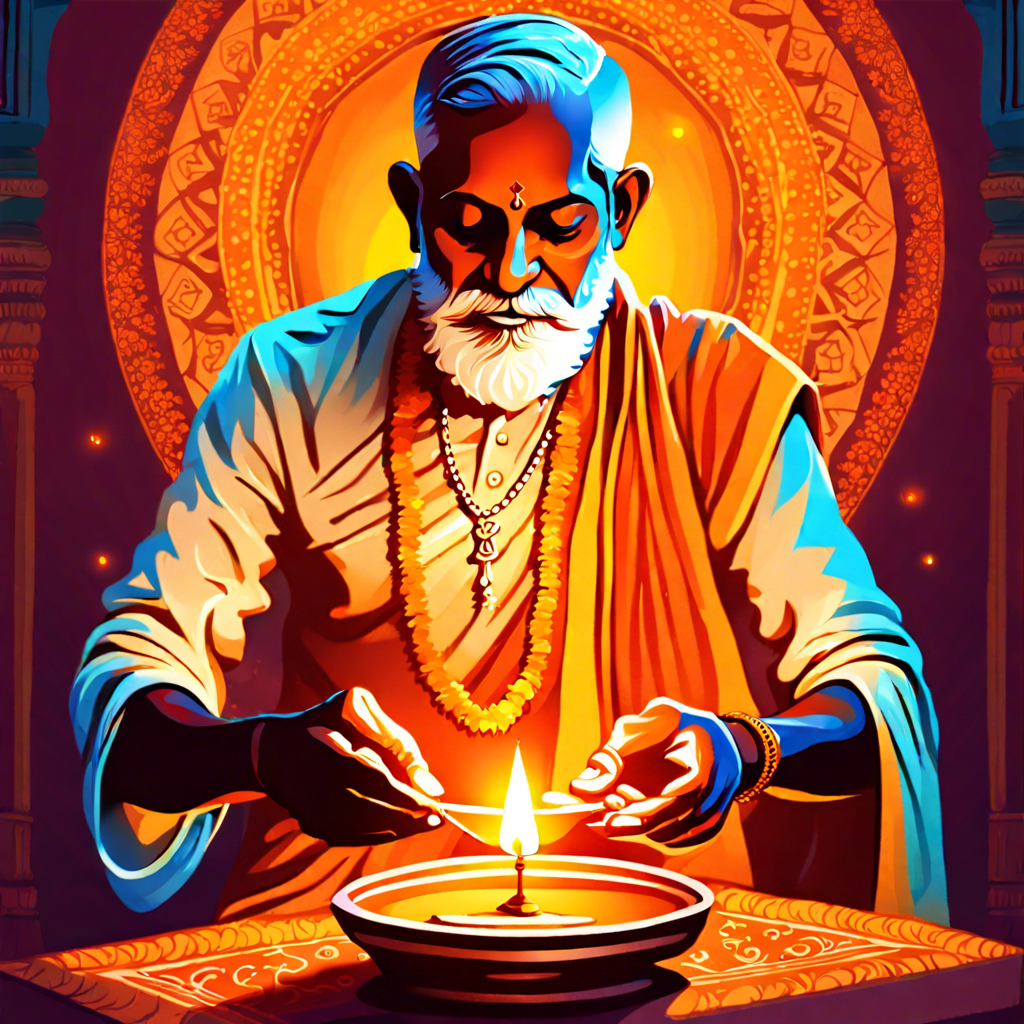Every day in countless Hindu homes the ritual lighting of Diyas, clay lamps is done. It’s often placed before altars or at first and last light. While the tradition fluctuates, each of these flames is more than simply a source of light. It’s enlightenment. Hope and prosperity too!
Made of baked clay (known as terracotta) these lamps hold oil or ghee made from cow’s milk, and burn through a cotton wick. Besides being functional, Diyas represent a spiritual heritage that bridges all the world’s major religions, and for Hindus their meaning goes far back.
Moreover, the Diya’s meaning does not lie only in physical light-it represents a spiritual link. A diya is lit to initiate both literal and metaphoric darkness. It relates with Hindu philosophy, which proclaims light stands for wisdom or goodness prevailing over ignorance or negativity.
Diwali, the Festival of Lights is one of Hindu rituals and festivals. Innumerable diyas glittering symbolize enlightenment finally overcoming darkness. The brightness symbolizes that light in the human heart, urging people to seek wisdom and banishing ignorance.
At religious rituals, Diya takes on a ritualistic role. It presents purity and reverence, along with the aspect of deity. It is thought to attract good energy, cleanse areas and create an environment suitable for spiritual contemplation.
Outside of the religious realm, Diya is an embodiment or cultural warmth. It represents hospitality and alludes to auspicious beginnings, hope for good fortune and welfare. Different designs are influenced by local customs and enriched with colorful embroidery.
Owing its origins to much earlier times than electric lights, oil lamps were an important source of light throughout the world. Today, their aesthetic value is the only usage contemporary with them. However, historically they brought light to homes built of natural materials which were dark inside; providing spaces for worship and gathering together.
Today, the significance of Diya is still there. It brings together global Hindu communities and exceeds religious boundaries. Its soft light heals the eyes and awakens spirits of seekers from across the globe.
The lighting of the Diya is not just a rite, it represents overcoming darkness, coming together and seeking knowledge. It’s a poignant reminder that inner light, once kindled, radiates brilliance and shares wisdom with the world.
In essence, the Diya’s light in Hindu tradition isn’t merely a ritual—it embodies a spiritual resonance, igniting knowledge, dispelling darkness, fostering unity, and symbolizing the enduring pursuit of enlightenment and positivity in life and surroundings.

